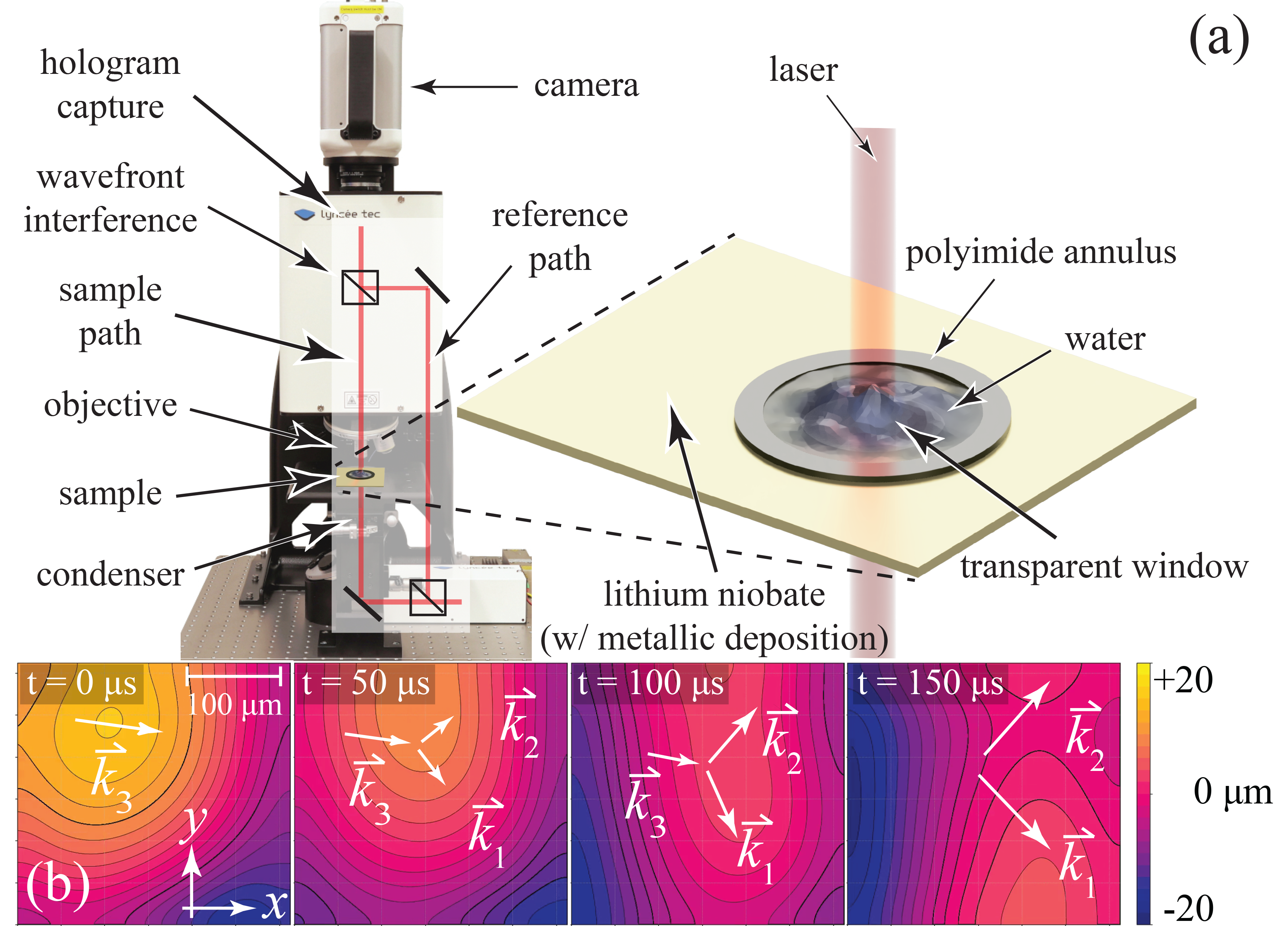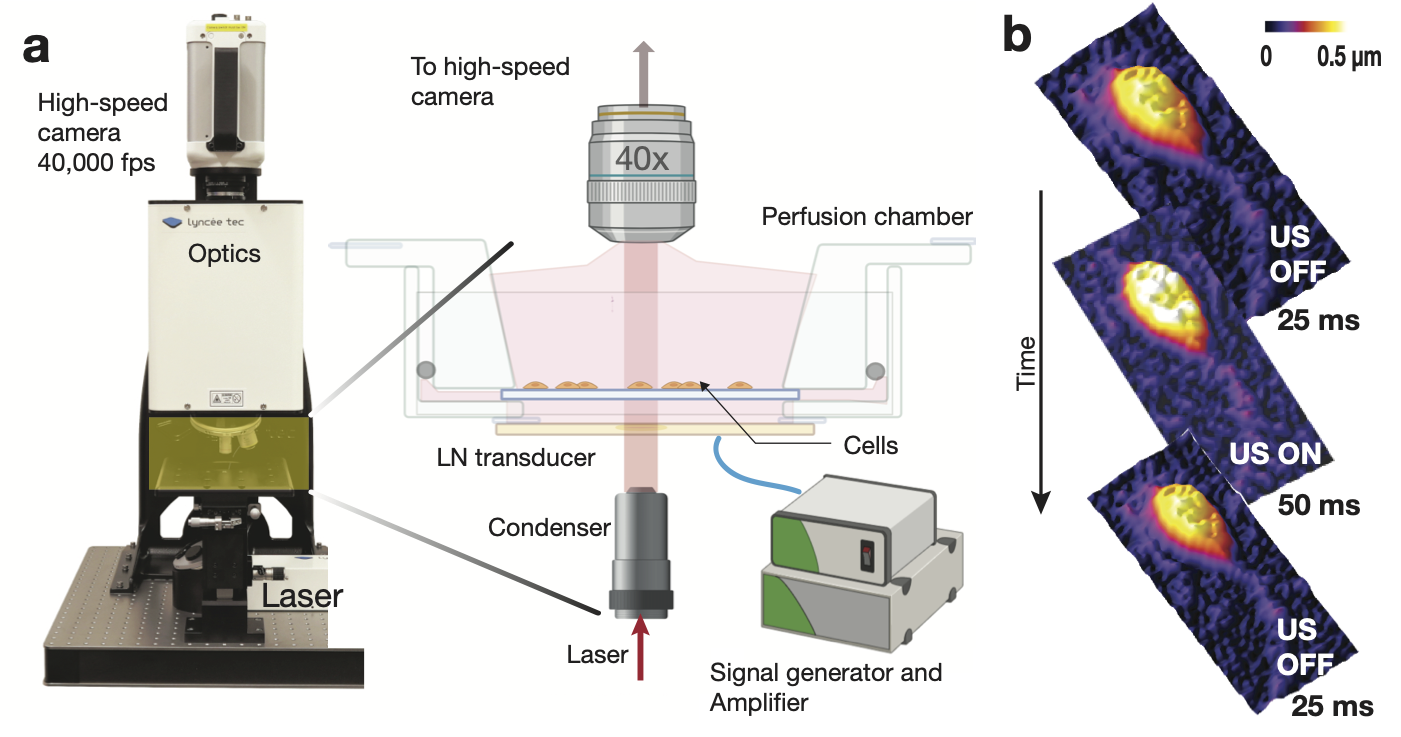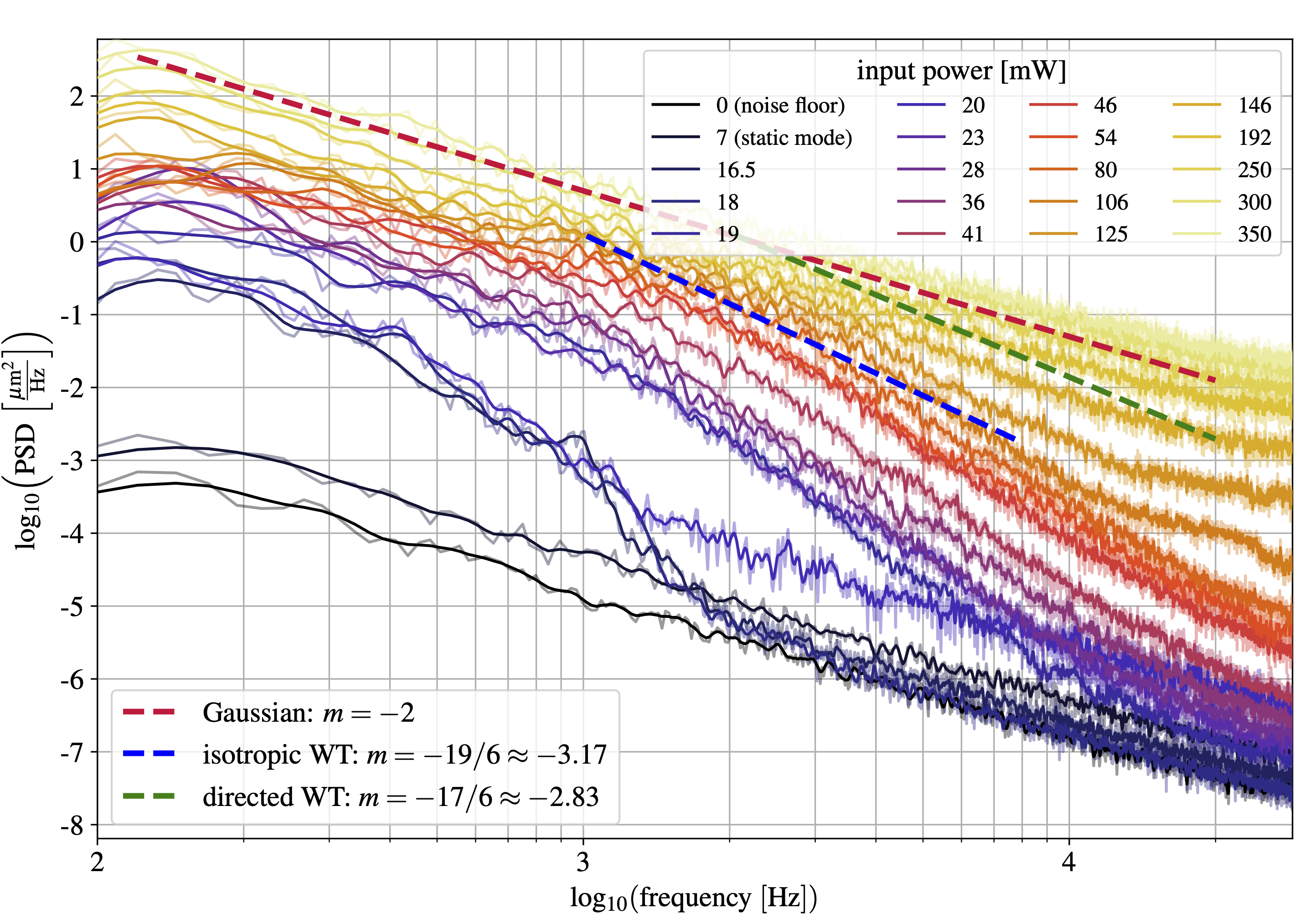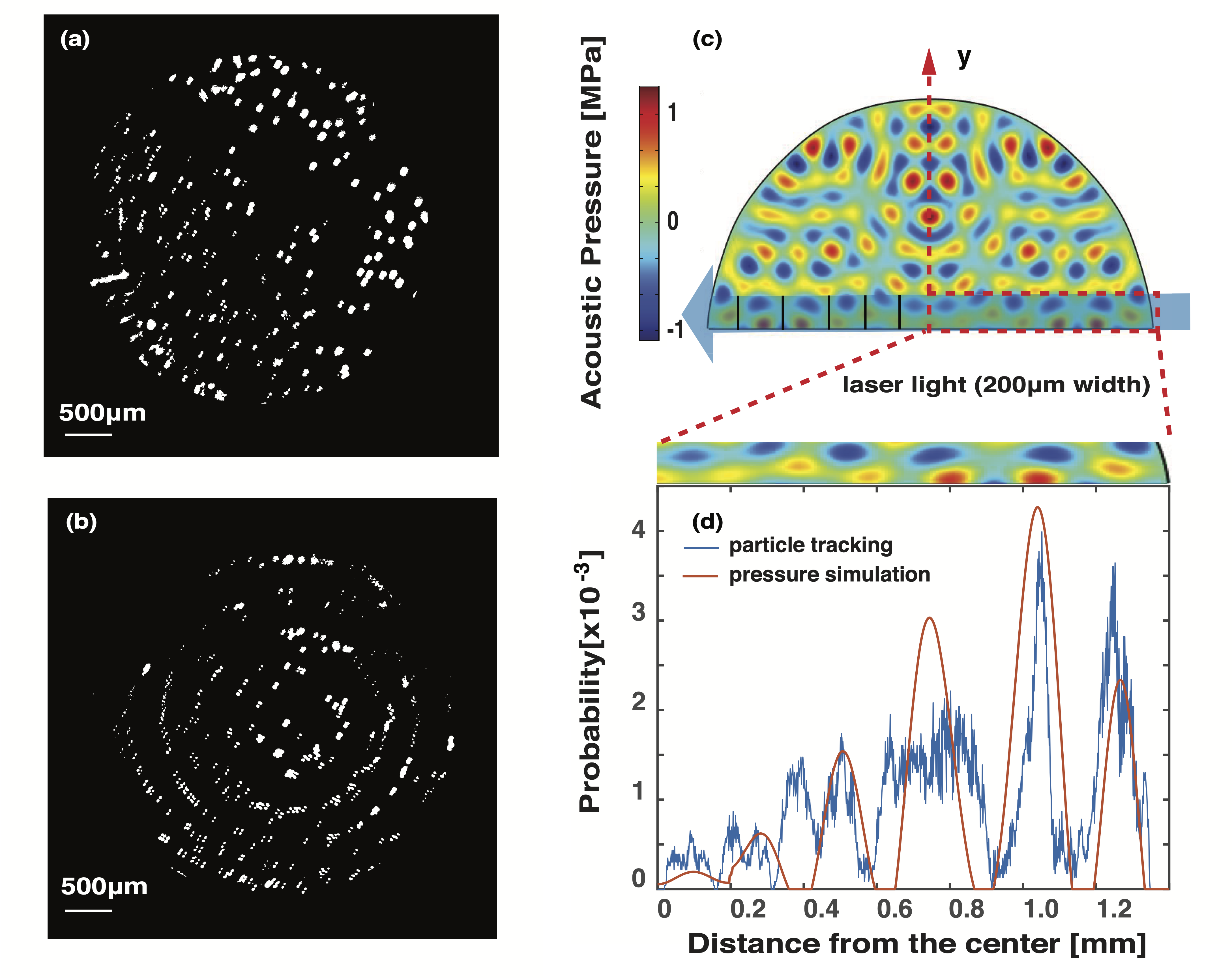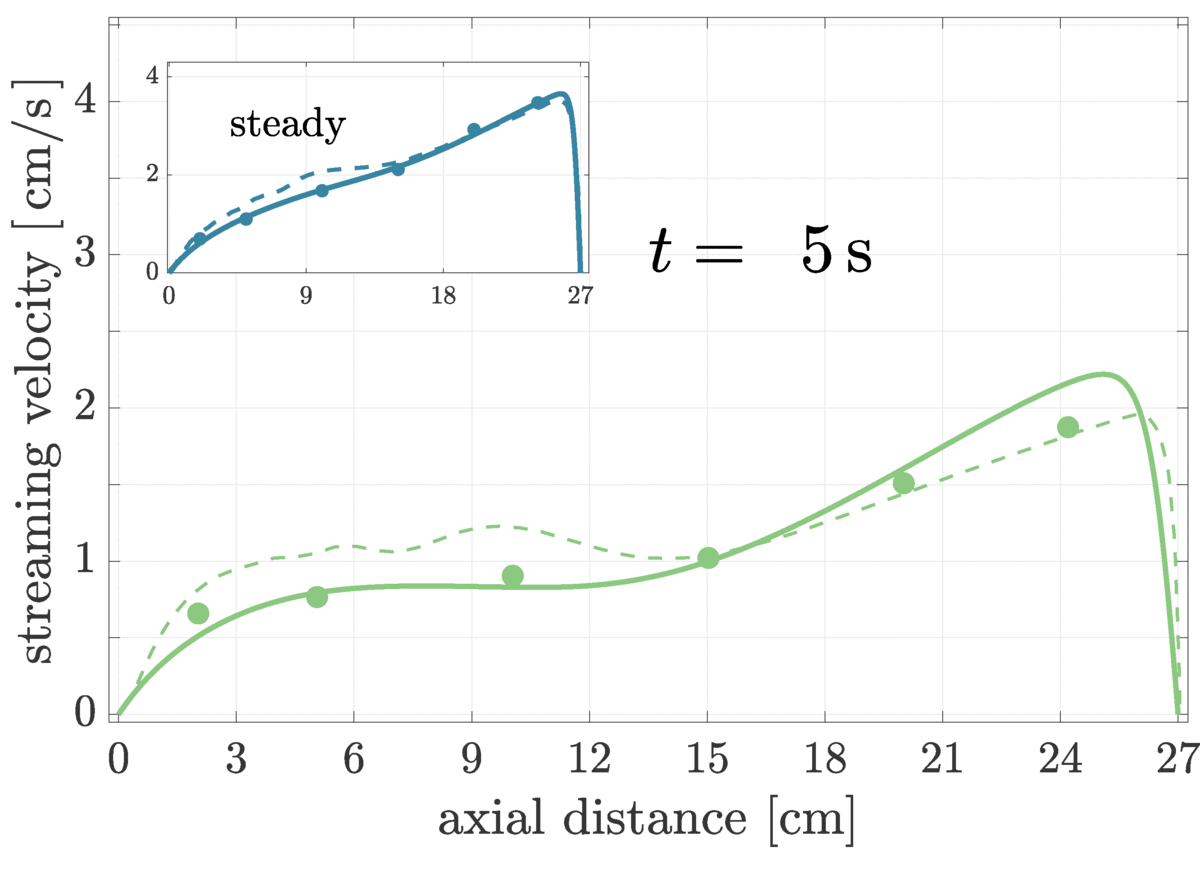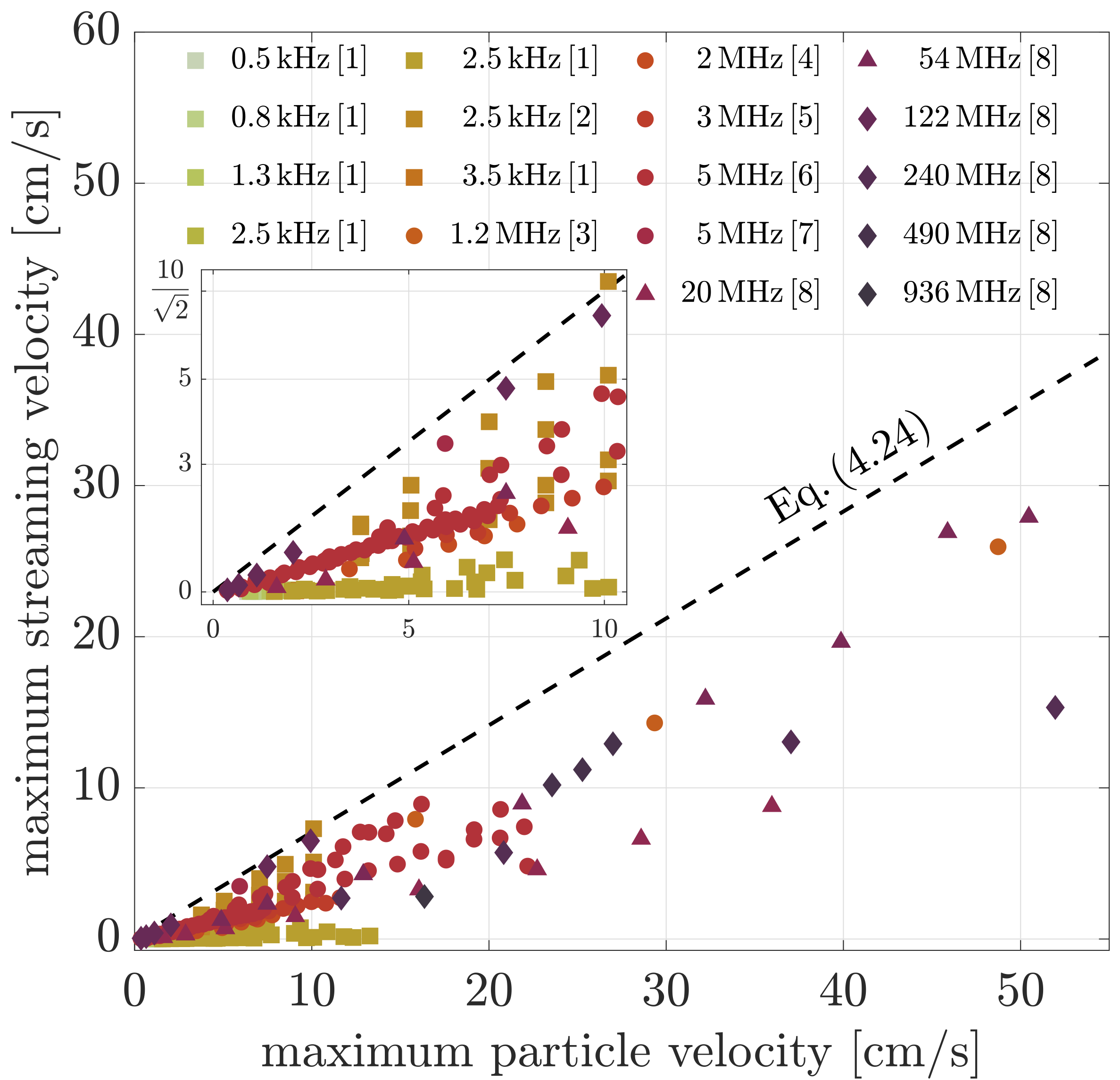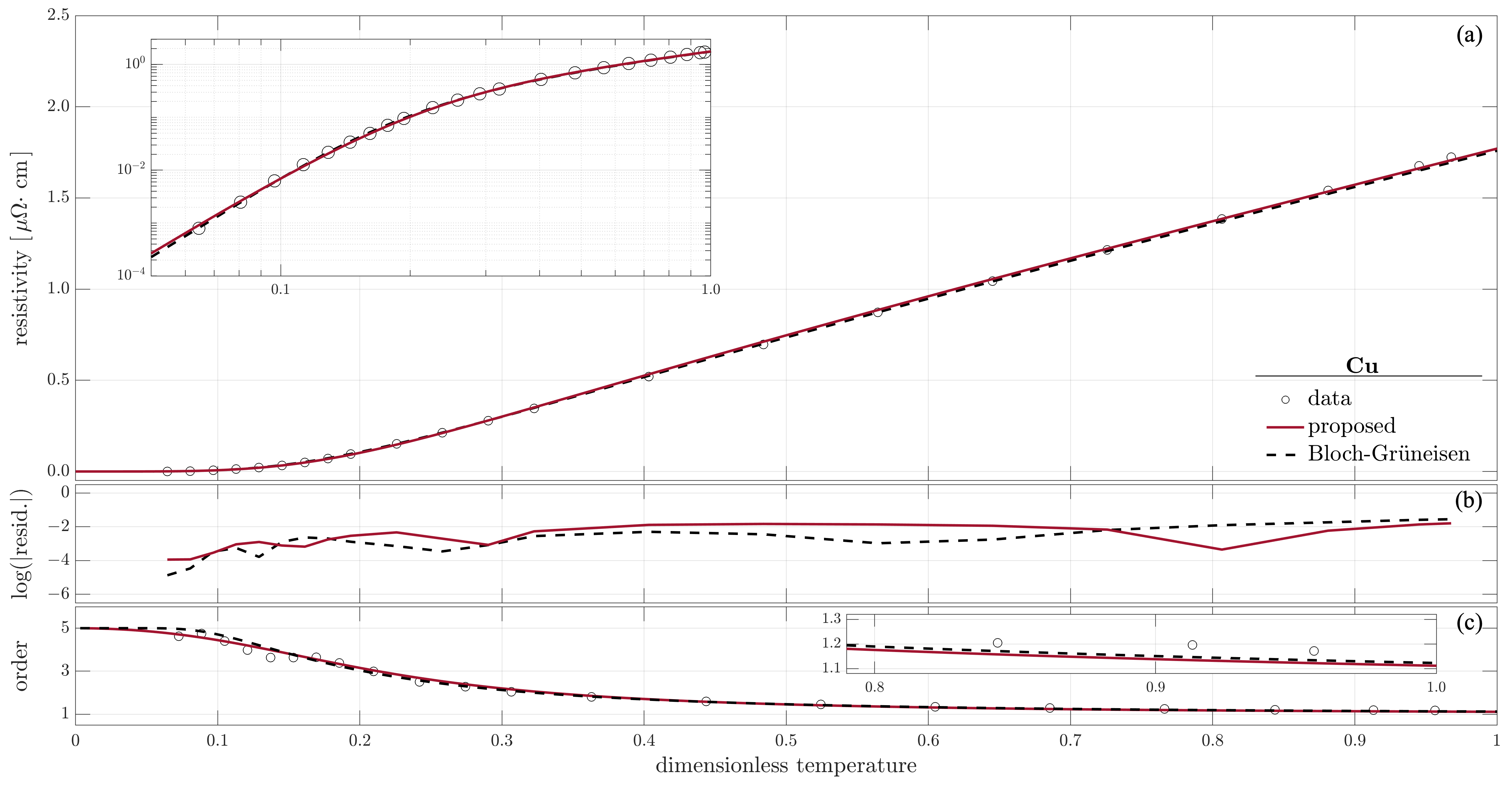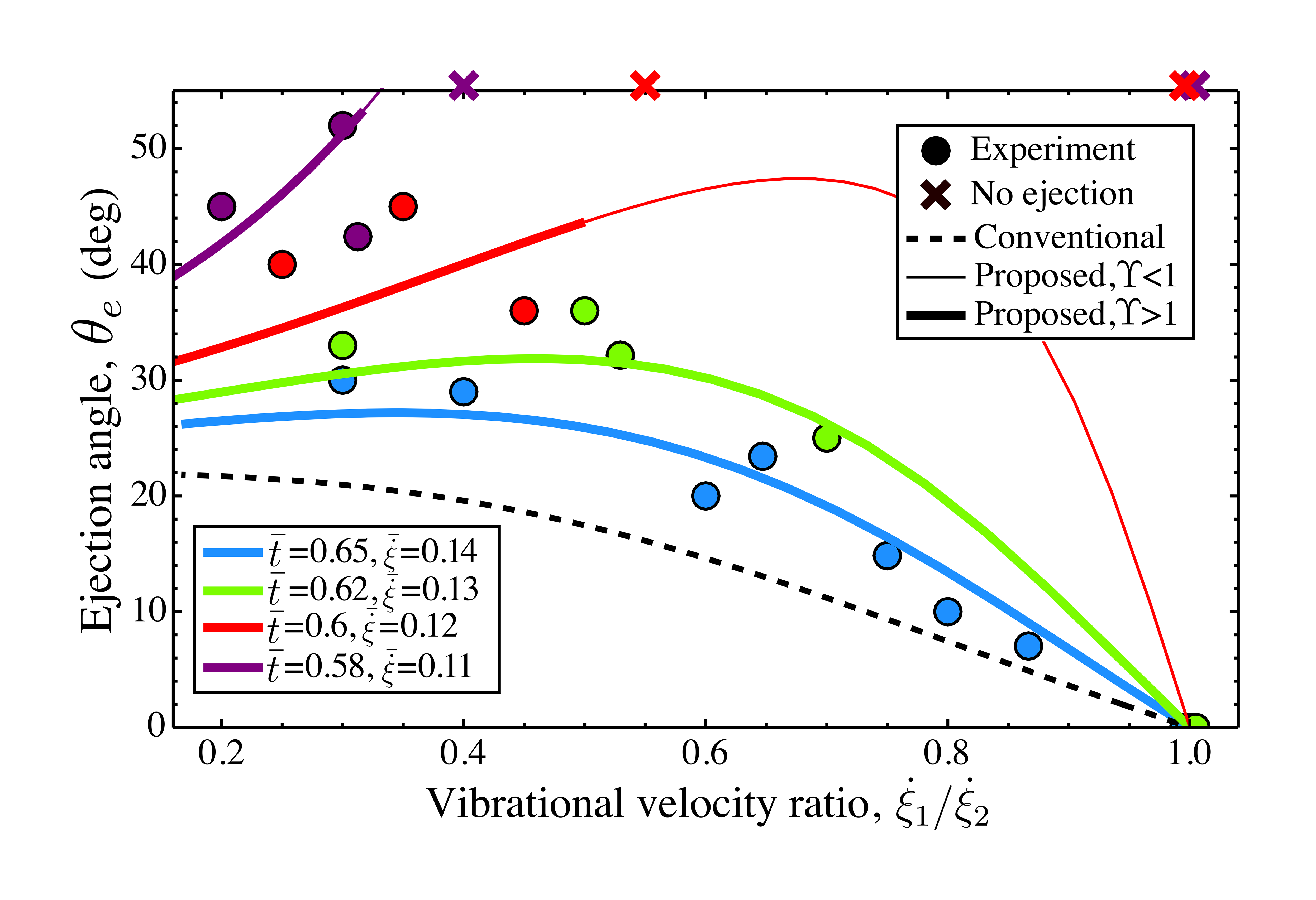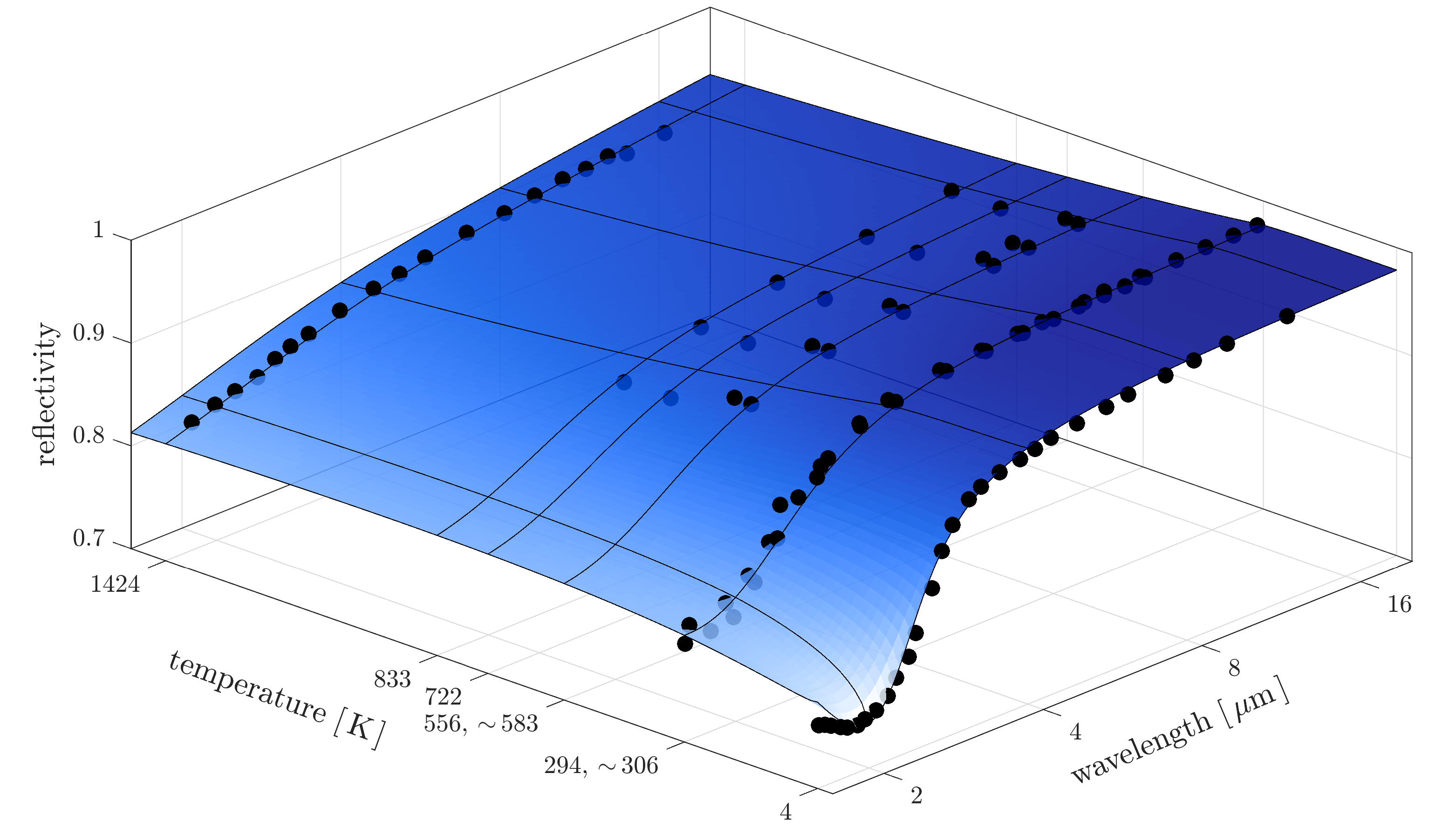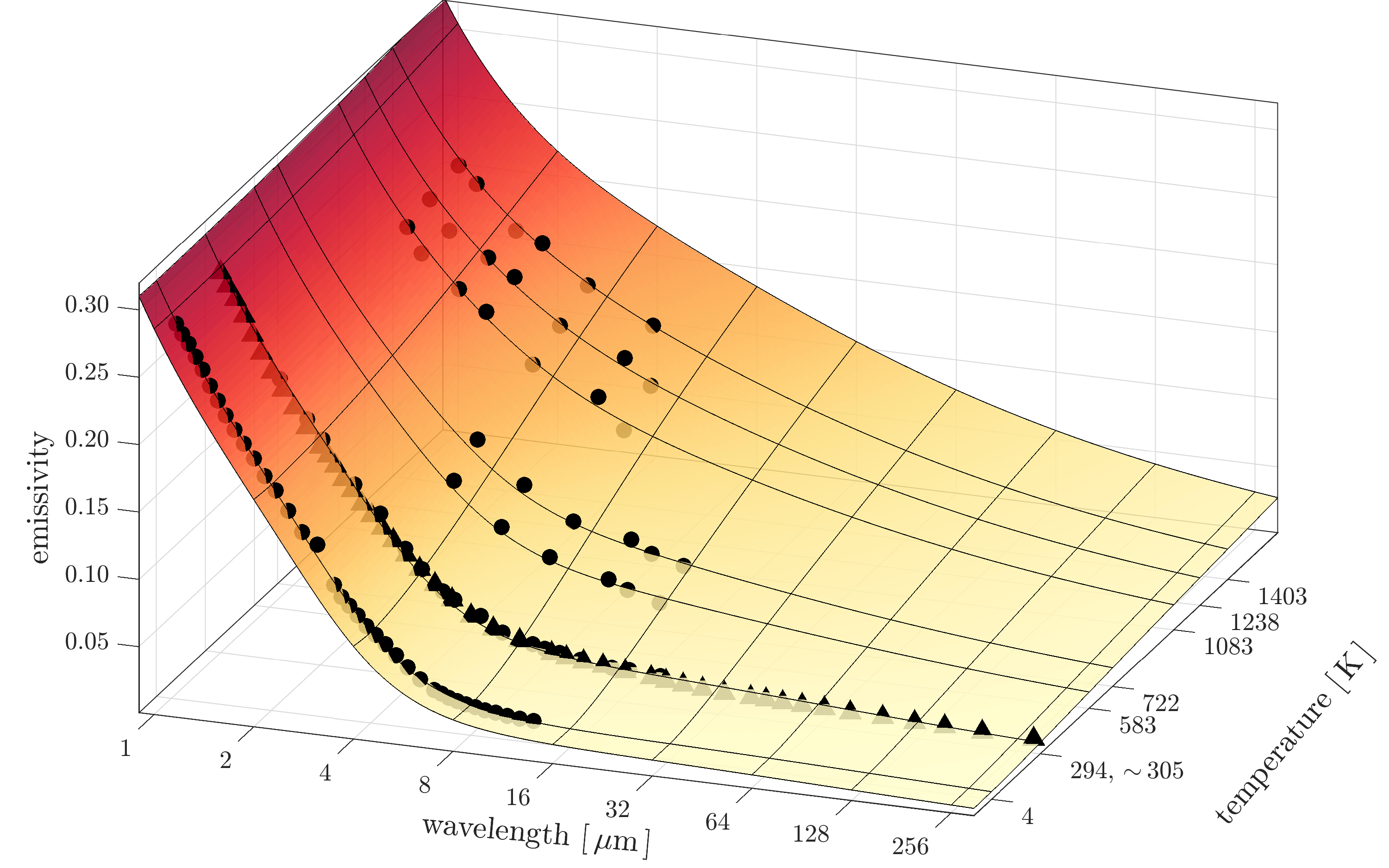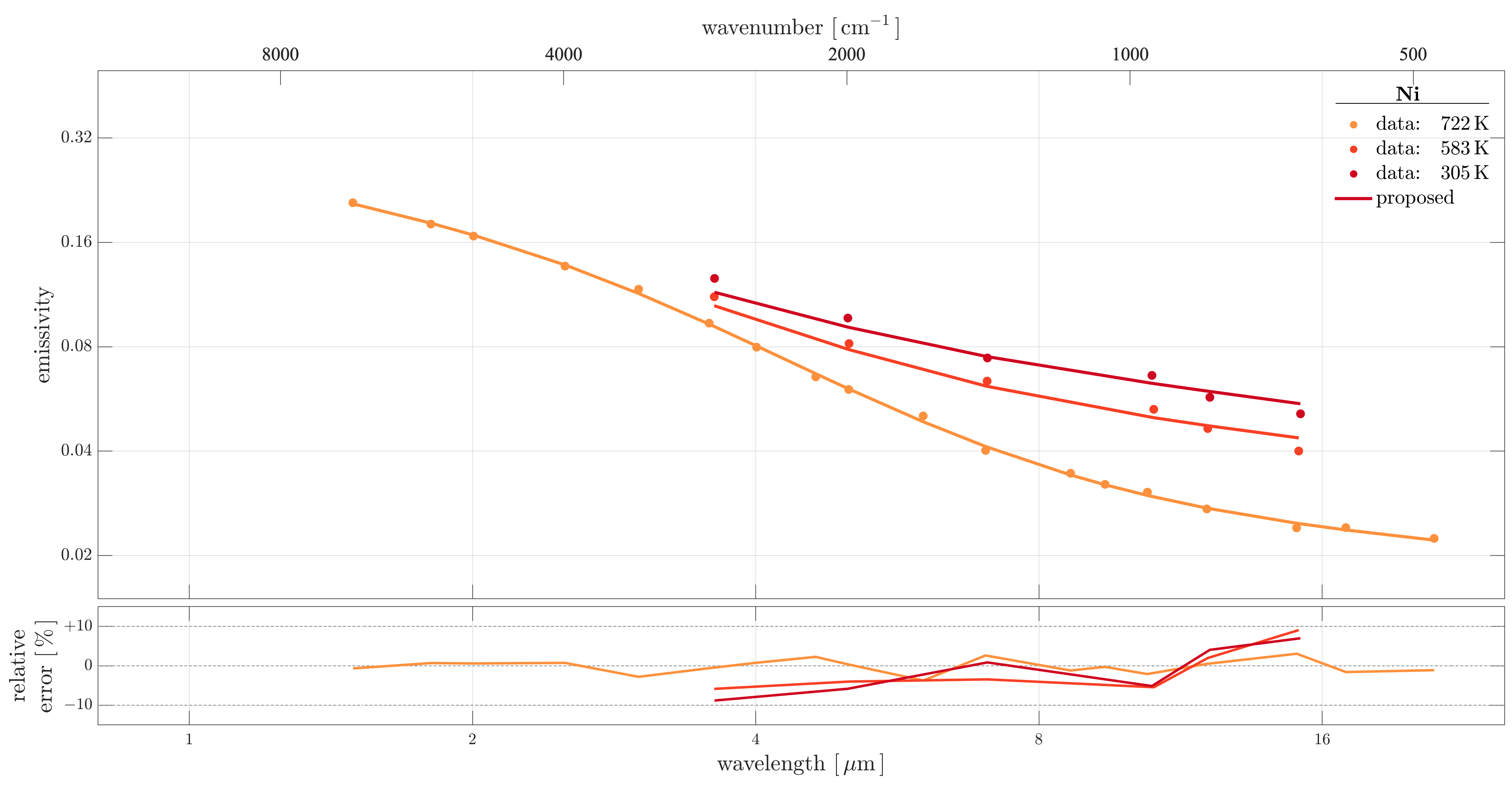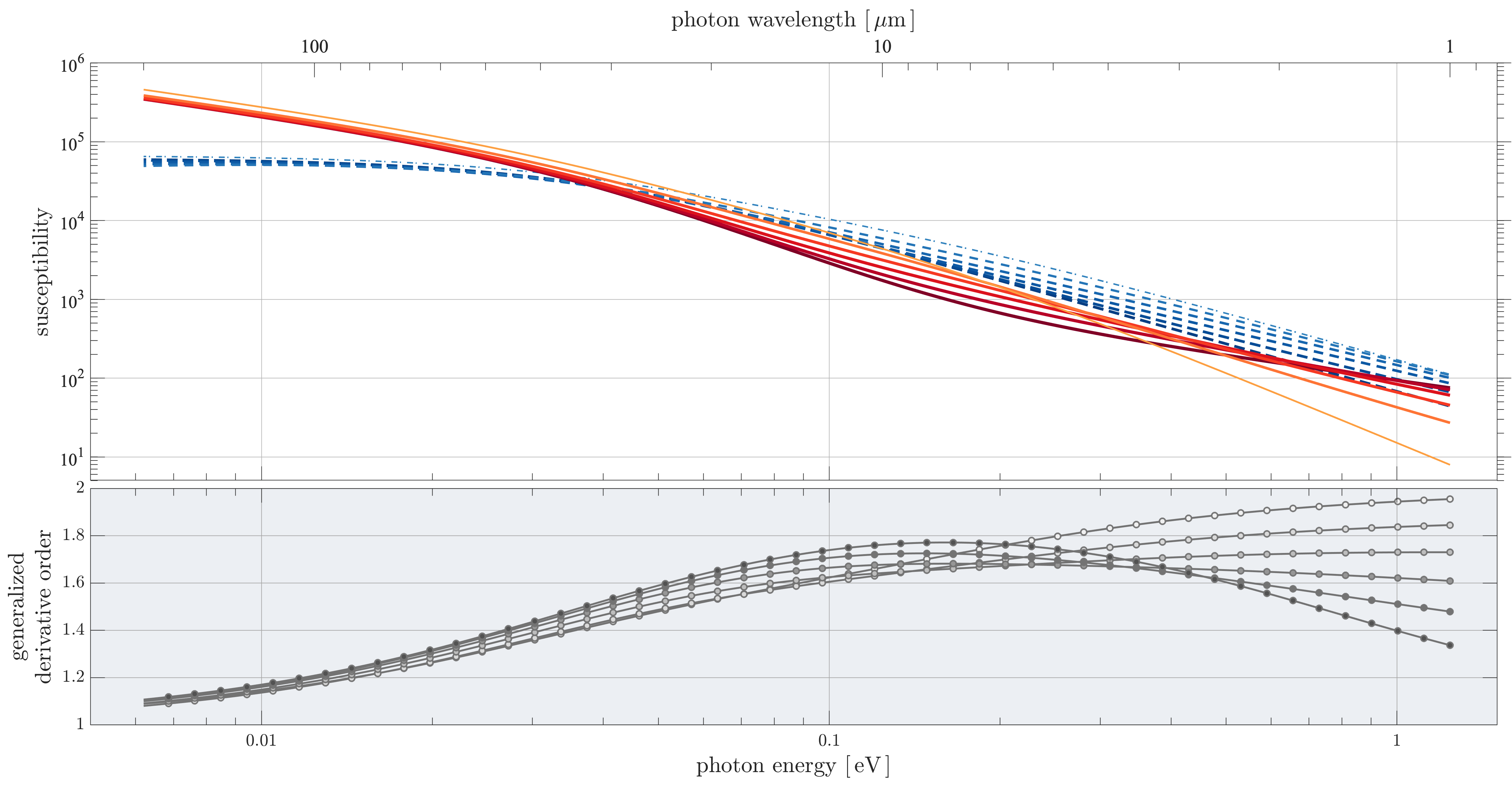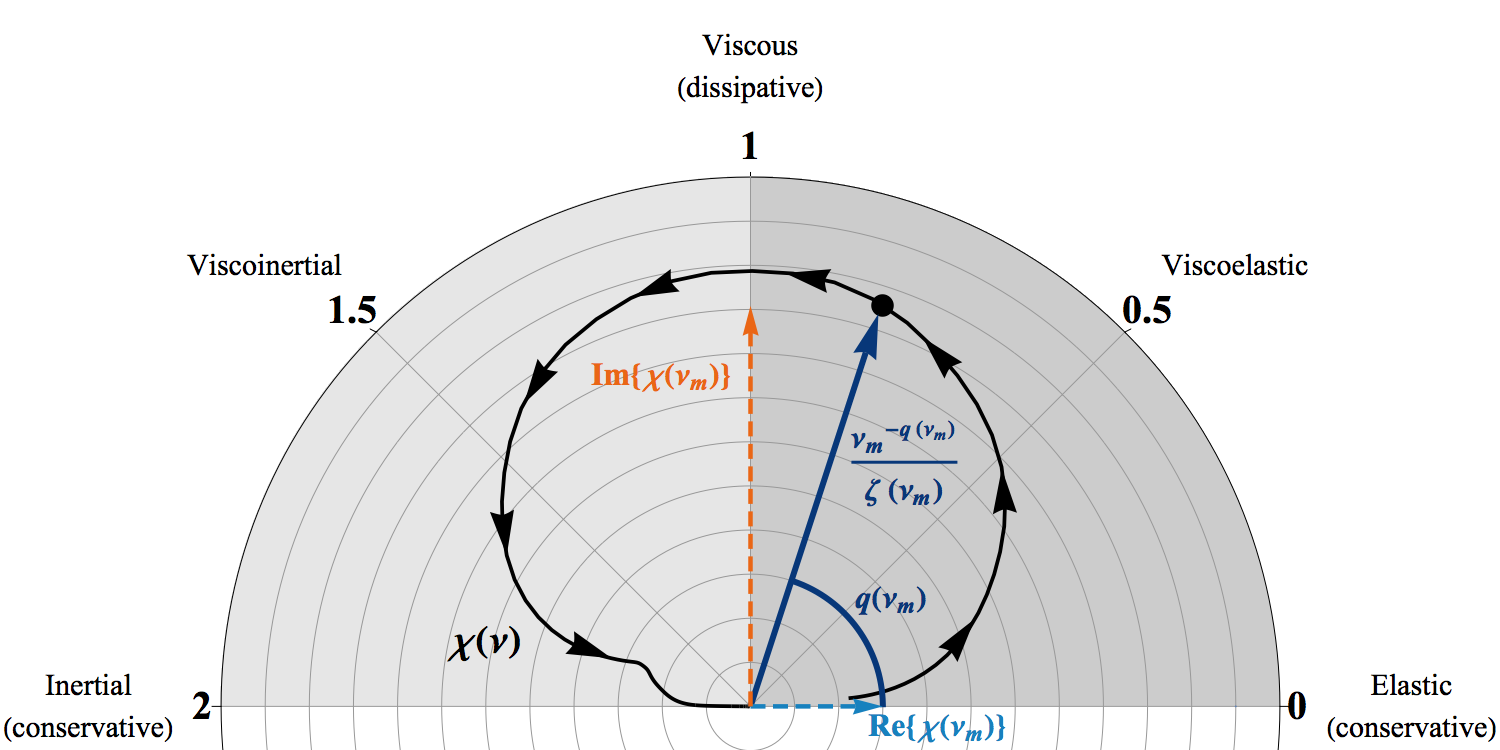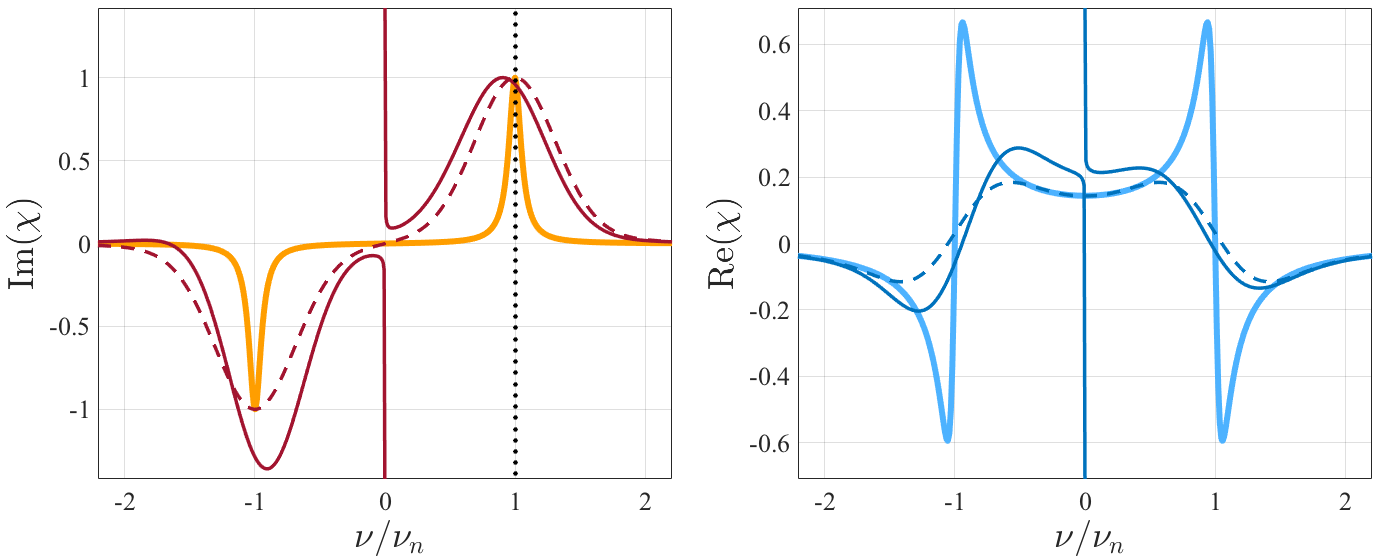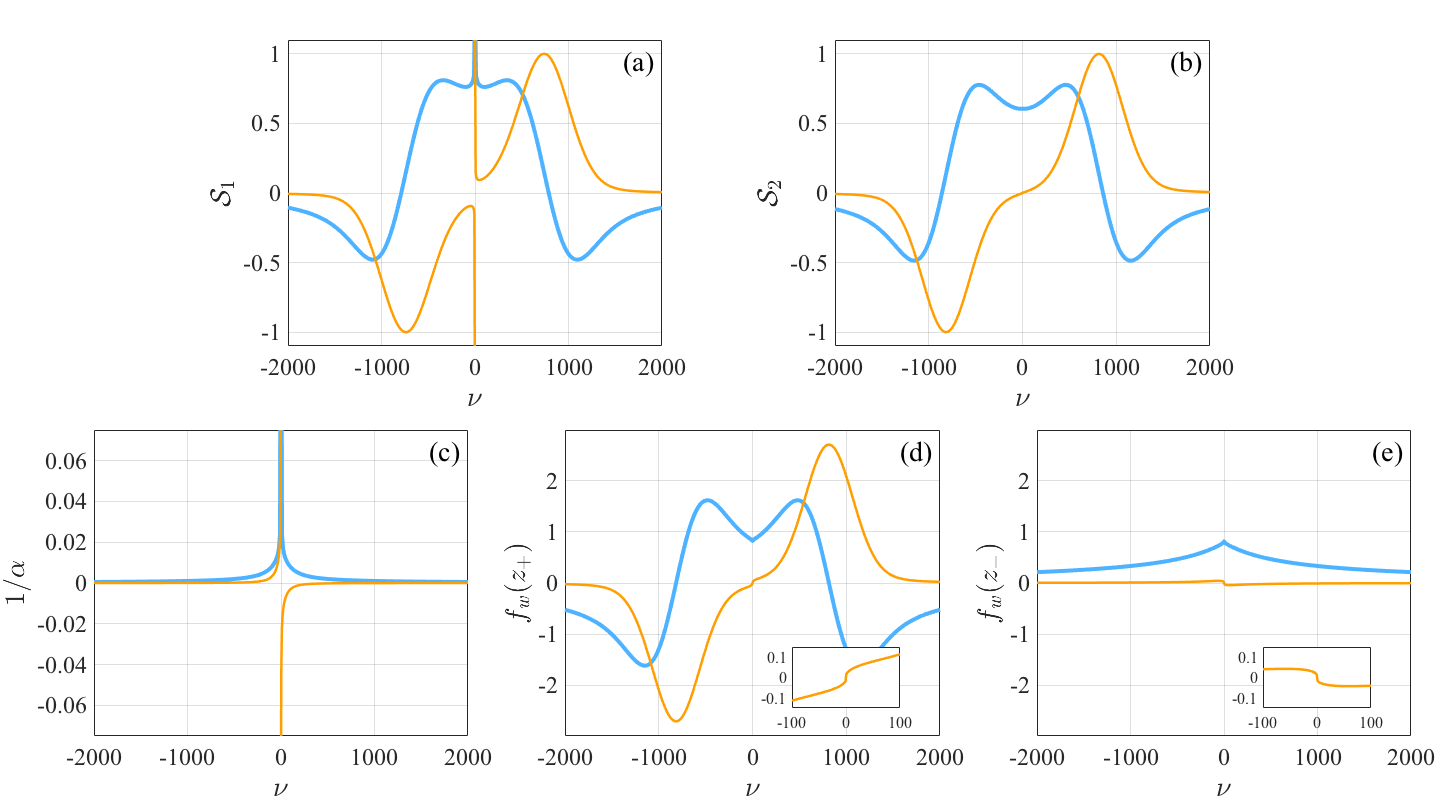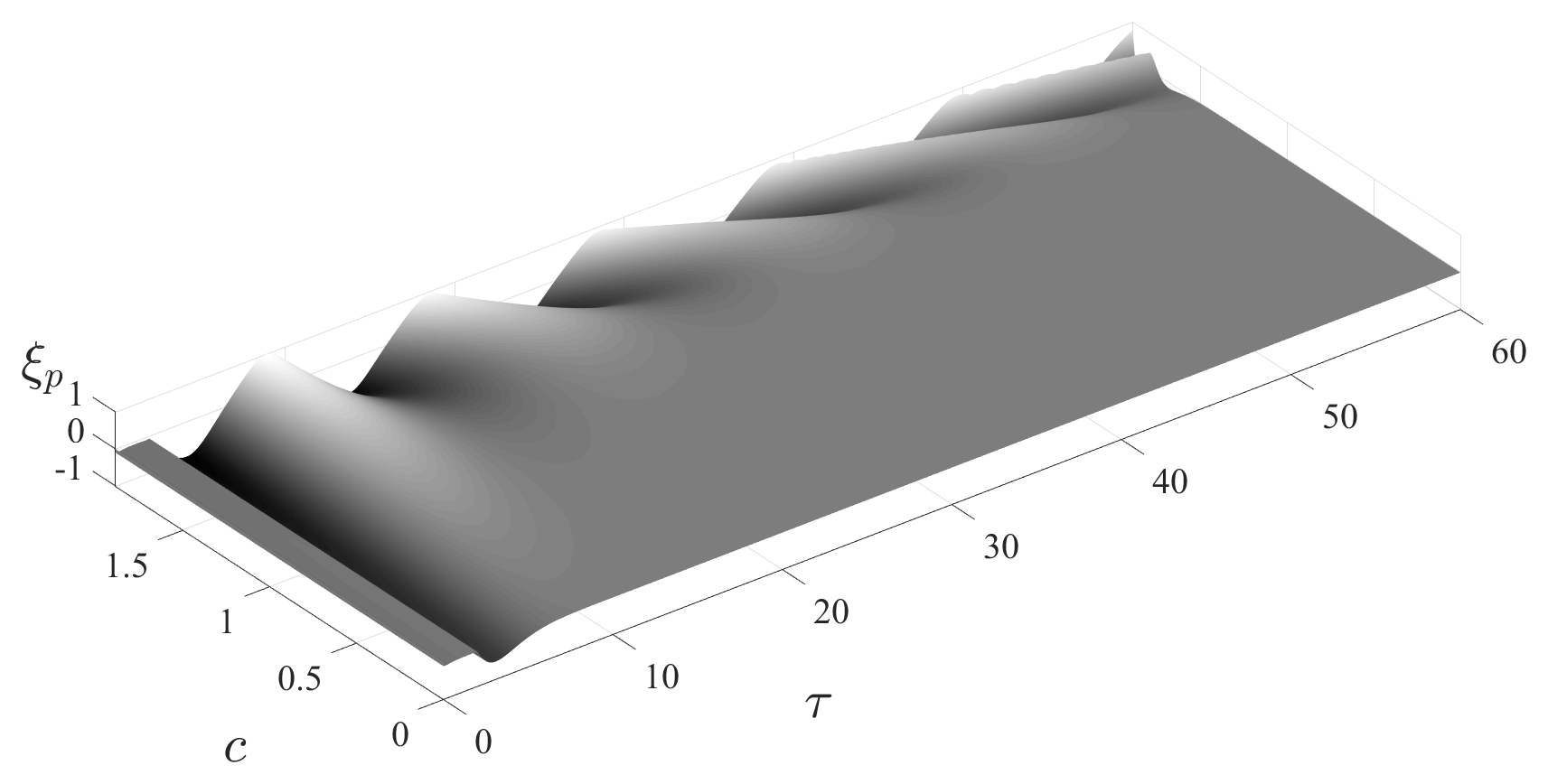Hi, I’m Jeremy.
I’m a postdoctoral scholar studying microacoustofluidics within the Medically Advanced Devices Laboratory (MADLab) under the supervision of James Friend in the Department of Mechanical and Aerospace Engineering at University of California San Diego. My postdoctoral role is supported by the UC President’s Postdoctoral Fellowship. I received my BS (2014), MS (2016), and PhD (2019) from UCSD. My dissertation research was advised by Carlos Coimbra, and was funded by the San Diego Fellowship and the UC President’s Dissertation Year Fellowship. During my time with the Coimbra Research Group (CRG) I was involved with a number of research projects such as resource-to-power modeling and high-fidelity forecast generation for large-scale solar power plants, and the development of low-cost, rapidly deployable, self-sustaining portable weather sensing stations. Sometimes I build robots [1, 2, 3]. Over the Summer and Fall of 2016, I spent time working on bleeding edge semiconductor chip manufacturing technology at Cymer/ASML.
Outside of research, I mentor undergraduate students on their journey toward postgraduate study through the STARS and UC LEADS programs. In the past I have also worked with the IDEA Scholars program and with high school outreach through the CRG.
I have a documented history of involvement with programs intended to enhance diversity and inclusion in academia, with emphasis on STEM related fields and demographically underrepresented groups.
My research…
… frequently takes place in the space of nonlocal operators and variable-order dynamics. My interests include ultrasonically-driven fluidic phenomena and fluid dynamics at micro- to nanoscale; identification, control, and stability; non-convex optimization; and the interaction of electromagnetic fields with condensed matter systems.
Currently, my research efforts involve the development of accurate macroscopic models of the atomization phenomenon for use in cutting-edge medical device applications.
Identification of weakly- to strongly-turbulent three-wave processes in a micro-scale system
J. Orosco , W. Connacher, and J. Friend (2023), Chaos, Solitons & Fractals
doi | pdf | bibtex | data
Ultrasound mediated cellular deflection results in cellular depolarization
A. Vasan and J. Orosco et al. (2021), Advanced Science
Ultrasound neuromodulation has been used to treat conditions such as epilepsy. The underlying mechanism of action of ultrasound on neurons is not well understood. We present a model that describes the effects of ultrasound on neurons and experimentally verify the predictions using novel high-speed digital holographic imaging and electrophysiology.
doi | pdf | bibtex
Microscopic rogue waves
J. Orosco, W. Connacher, S. Zhang, and J. Friend (in preparation),
doi | pdf | bibtex
Onset of visible capillary waves from high-frequency acoustic excitation
S. Zhang, J. Orosco, and J. Friend (2023), Langmuir
doi | pdf | bibtex
Unveiling the Burgers-Riccati physics of fast-acoustic streaming
J. Orosco and J. Friend (submitted),
arXiv | preprint
Modeling fast acoustic streaming: Steady-state and transient flow solutions
J. Orosco and J. Friend (2022), Physical Review E
doi | pdf | bibtex
Generalization of Varshni’s relation for direct estimation of the Bloch-Grüneisen intrinsic parametric resistivity
J. Orosco and C. F. M. Coimbra (under review),
doi | pdf | bibtex
Droplet Ejection at Controlled Angles via Acoustofluidic Jetting
W. Connacher, J. Orosco, and J. Friend (2020), Physical Review Letters
We demonstrate ultrasonically-driven nozzle-free ejection of droplets from a sessile parent at controlled angles beyond the Rayleigh angle. A low-complexity model is derived that accurately predicts ejection over a range of angles, media, and forcing parameters. A nondimensional number is described that accurately characterizes the unity-bound critical ejection threshold.
doi | pdf | bibtex
Temperature-dependent infrared optical and radiative properties of platinum
J. Orosco and C. F. M. Coimbra (2019), International Journal of Heat and Mass Transfer
A temperature-dependent Gauss-Lorentz interband oscillator is defined and combined with a previously proposed temperature-dependent anomalous intraband component in order to arrive at a spectral thermophysical model for the infrared optical and radiative properties of platinum. Validation is obtained in terms of the Planck-weighted radiative properties.
doi | pdf | bibtex | matlab
Temperature-dependent carrier transport: Low-complexity model for the infrared optical and radiative properties of nickel
J. Orosco and C. F. M. Coimbra (2019), Journal of Applied Physics
Earlier preliminary model development is refined and expanded. A systematic procedure is described for deriving model parameters from data. The model and procedure provide a means for inverse estimation of the smooth complex optical indices at higher temperatures. Results and validation are provided for elemental nickel.
doi | pdf | bibtex
Thermophysical model for the infrared emissivity of metals
J. Orosco and C. F. M. Coimbra (2019), AIAA SciTech Forum: Paper and Presentation
A spectral thermophysical model is derived for the infrared optical and radiative properties of metals possessing complex valency. The response equations are formulated on the basis of anomalous carrier transport with thermal dependence established by the solution to the BTE in the RTA. Preliminary results are presented for application to nickel.
doi | pdf | bibtex | slides
Anomalous carrier transport model for broadband infrared absorption in metals
J. Orosco and C. F. M. Coimbra (2018), Physical Review B
A robust, high-fidelity model is derived for correlating measurements of the broadband infrared optical response of metals. Anomalous dynamics are introduced as a correction to the local field that accounts for diffusive perturbations subscribing to a non-Markovian relaxation. Examples are given for several metals of engineering significance.
doi | pdf | bibtex
Variable-order modeling of nonlocal emergence in many-body systems: Application to radiative dispersion
J. Orosco and C. F. M. Coimbra (2018), Physical Review E
A generalized spectroscopic analysis framework is derived within the formalism of variable-order calculus. The framework is applied for analysis and modeling of emergent temporally nonlocal effects in many-body condensed matter systems. A sample application is demonstrated. Validation is obtained in a multi-objective (optical and radiative) setting.
doi | pdf | bibtex
On a causal dispersion model for the optical properties of metals
J. Orosco and C. F. M. Coimbra (2018), Applied Optics
A KKR-compliant model with tunable Gaussian-Lorentzian character is proposed for interband electron dynamics. Optimal regression of the model from complex-valued data is achieved using a novel reductive procedure. Validation performed for eleven metals demonstrates a significant improvement over previously proposed, KKR-noncompliant models.
doi | pdf | bibtex
Optical response of thin amorphous films to infrared radiation
J. Orosco and C. F. M. Coimbra (2018), Physical Review B
A Kramers-Kronig consistent model is proposed for the relative permittivity of dielectric solids. The model accurately reproduces the convolved Gaussian-Lorentzian absorption peaks observed in the optical response of amorphous media. Results indicate a performance commensurate with previously proposed, KKR-noncompliant models.
doi | pdf | bibtex
On the control and stability of variable-order mechanical systems
J. Orosco and C. F. M. Coimbra (2016), Nonlinear Dynamics
Modern control methods are extended for use with a nonlinear system of variable-order differential equations. An analytical expression is derived for the dependence of the closed-loop stability on the variable order damping. Numerical simulations demonstrate the efficacy of the control solution and confirm the predictive validity of the stability equation.
doi | pdf | bibtex
Get in touch.
Say hi, ask a question, inquire about collaboration, or just ponder philosophically...

